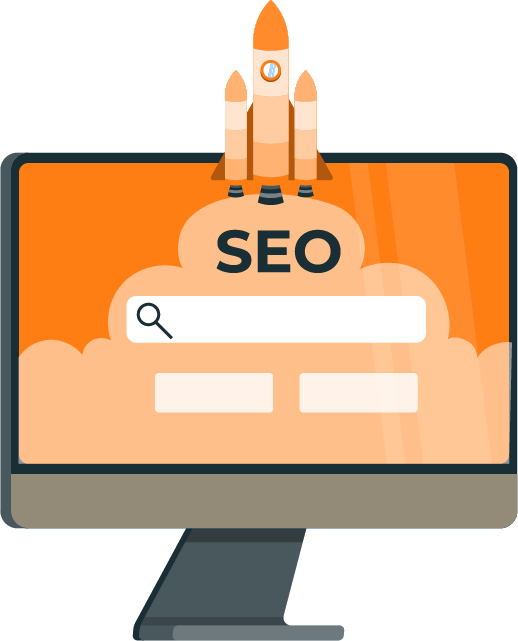Google Ads is a great advertising tool for businesses of all sizes. From international organizations to local car repair shops, Google Ads can drive revenue. With the push into automated campaigns, it may be easy for businesses to set it and go simply. In our experience, that would be a mistake.
Issues with Google’s Automated Paid Search Campaigns
While using Google Ads’ fully managed/optimized settings can be beneficial for some advertisers, there are also several potential drawbacks to consider:
- Limited control: Using fully managed/optimized settings means that you are giving up some control over your campaigns. Google’s algorithms will make decisions about which keywords to target, what ad copy to use, and how much to bid for each click. While this can be convenient, it can also lead to missed opportunities or suboptimal results if Google’s decisions do not align with your business goals.
- Higher costs: Because fully managed/optimized campaigns rely heavily on automated bidding strategies, they may end up costing more than campaigns that are manually optimized. This is because automated bidding algorithms may bid more aggressively than is necessary to achieve your desired results.
- Less transparency: Fully managed/optimized campaigns can be less transparent than manually optimized campaigns. With less control over your campaigns, it can be difficult to understand how Google is making decisions and what changes you can make to improve performance.
- Limited customization: Using fully managed/optimized settings means that you are limited to the options and features that Google offers. This can be a disadvantage if you have specific campaign requirements that are not supported by Google Ads.
- Potential for misalignment: Google’s automated algorithms may not always align with your business goals or audience preferences. This can lead to wasted spend or missed opportunities if your campaigns are not reaching the right people or driving the desired results.
- Overall, fully managed/optimized settings can be a good option for some businesses, especially those that are new to Google Ads or have limited resources for campaign management. However, it is important to weigh the potential drawbacks against the benefits before deciding whether this approach is right for your business.
What type of program is good for fully optimized campaigns
To get the most out of a fully automated campaign, you need to provide valid input for Google’s algorithm. The best is e-commerce/sales with a Shopping campaign. While we’ll still manually edit titles and descriptions, letting Google manage the bidding and placements usually provides good results. The returning revenue data back to Google, the algorithm has a direct metric against which to optimize the campaign.
Campaigns that should be managed manually
On the opposite end of the spectrum are programs where leads and calls are generated, but there is no quality indicator. A spam lead counts as much as a prospect. Google may optimize the spam sources because they are getting more leads. It almost becomes a game of generating more traffic rather than qualified leads.
How to Approach Paid Search Campaign Settings
Before launching a fully automated campaign, advertisers should create and manage campaigns manually. Even after the automated campaigns run (if you decide to do it), you may want to set up a manual campaign periodically to learn about the landscape. To understand the metrics you see in an automated campaign, approach the manual paid search campaign in the following way.
Search Query Reviews
Check on the queries where Google is showing your ads. Do these make sense? Should they be negatives or have their own ad group? This is a typical manual management program.
Since Google is basically ignoring your target search term match types, and even venturing pretty far afield in the queries where they show your ad, this gives you an understanding of how Google will treat your ads in a fully managed campaign. This is one of the best ways to see what will happen. It can also help you set up the rails you want to apply to the automated campaign where possible.
Paid Search CPCs
Get a handle on the cost per click for a search campaign that is managed manually. Assuming well-structured ad groups with built-out negatives, you will have a good idea of what the competitive landscape looks like. Having this information will provide an understanding of your CPC for the automated program.
We’ve seen automated paid search campaigns with CPCs that were 1/10th the manual campaign. Knowing the details of the category through manual bidding, we knew that Google was not showing the ads in the best way. This proved out with the quality of (or lack of) the leads; a lot of spam. Learn where your CPCs need to be not just to drive traffic and form fills but to gain quality leads.
Set Geos for observation
Each area of the country has a different competitive environment. This may impact search results. The CPC may be different, or the conversion rate may be different for the various search terms. You may also see that copy performs differently.
With this understanding, you may decide to be more aggressive in certain areas. With a fully automated campaign, Google will likely push your ads to where it is the least expensive. On the surface, this may seem fine. But, you lose the opportunity to penetrate more competitive areas.
Depending on your category, there may be other metrics that are important for you to understand before starting a fully automated paid search campaign on Google. Configure your search campaign settings in order to gather the data. Once done, you’ll have a better idea of how well the automated campaign is performing.
As Google pushes for advertisers to adopt its AI (fully automated campaigns), it will be tempting to let Google have your budget and run with it. Avoid doing this. Adopt a cautious approach to using AI, and gather information so you will understand the results. Absent the basic information about paid search performance in your category, you will not be able to tell if the automated campaign is performing as well as a campaign can.



